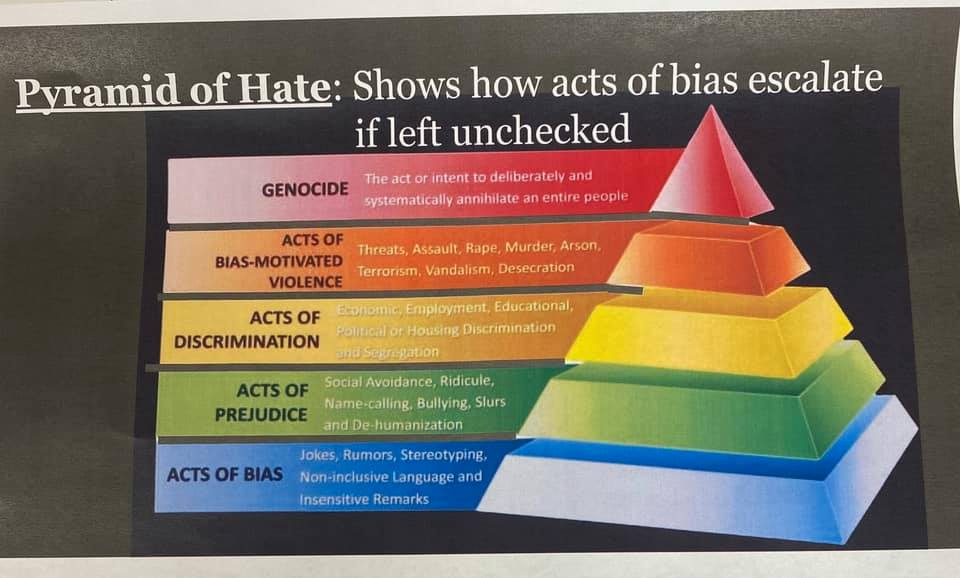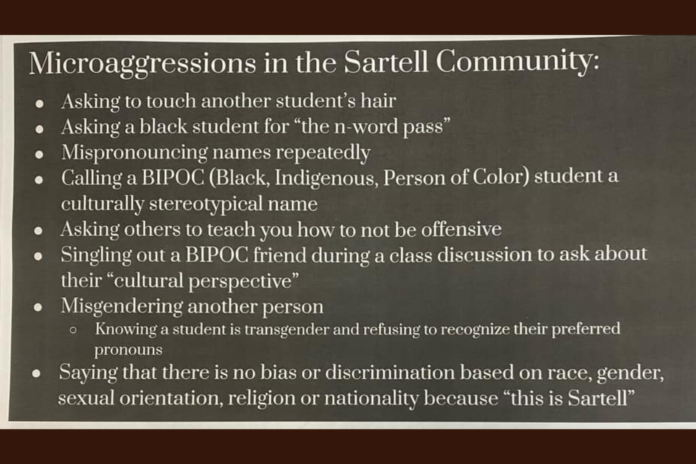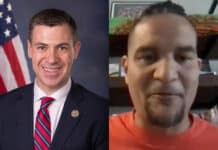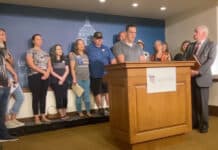Students in Sartell, Minnesota, are told that they’re not allowed to think their town isn’t bigoted.
Ninth-grade English students at Sartell High School receive instruction on “microaggressions in the Sartell community,” according to lesson materials acquired via a data request by activist group Kids Over Politics. Among the classroom materials revealed is a list of microaggressions that includes “saying there is no bias or discrimination based on race, gender, sexual orientation, religion or nationality because ‘this is Sartell.'”
Asking for another student’s “cultural perspective” and requesting instruction on how to avoid offending people is offensive too, according to the list — along with refusing to use a transgender person’s chosen pronouns.
Students also learn about a “pyramid of hate” that purportedly shows how “acts of bias escalate if left unchecked.” According to this graphic, “non-inclusive language and insensitive remarks,” like the above listed microaggressions, will foment a genocide if allowed to continue.

The hate pyramid concept is widely promoted by the Anti-Defamation League, a left-wing organization that claims the “OK” hand sign is a white supremacist symbol.
The Sartell School District is not alone in teaching that “jokes” and “insensitive remarks” can lead to genocide. Public schools in Philadelphia employ this same graphic to instill a similar lesson, according to Christopher Rufo, who writes on critical race theory in education.
Children in Sartell are also taught controversial ideas about sexuality using a “genderbread person.” This is a diagram aimed at “breaking through the binary” understanding of male/female to teach kids that gender is a “spectrum,” according to the material’s creator, Sam Killermann.
The handouts given to students list six sexualities their genderbread person can have: heterosexual, homosexual, bisexual, asexual, pansexual and “more.” They are also given a list of male and female traits, which they are encouraged to mix and match to create their character’s unique identity.

“The problem with this [the traditional] depiction of gender is that it implies that the more ‘man’ someone is, the less ‘woman’ they are. Our gut reaction is that this is accurate, but when you dissect gender into its component parts, you’ll see this isn’t necessarily true,” reads the lesson plan that Killermann wrote for his genderbread diagram.
Teachers who use this lesson are directed to tell their classrooms that their genderbread person can “identify as genderqueer, bigender, or another one of the non-binary gender identity labels.”


















